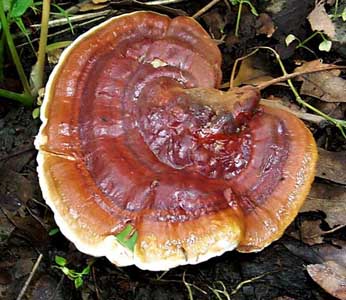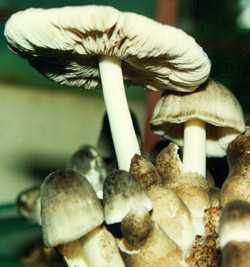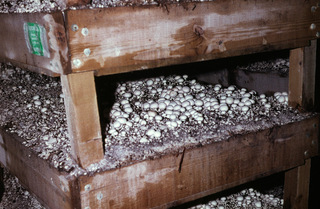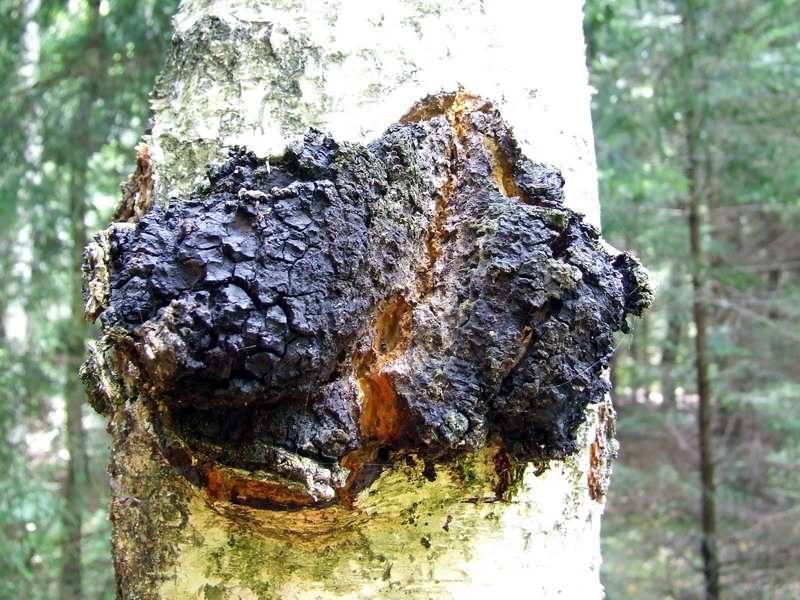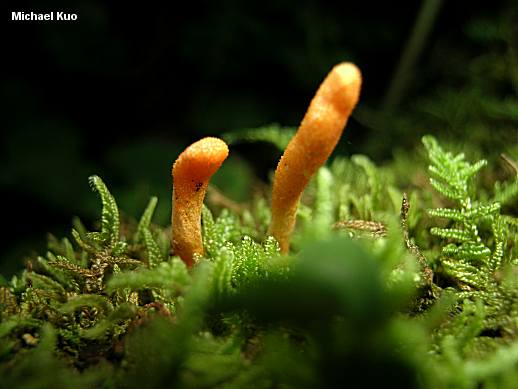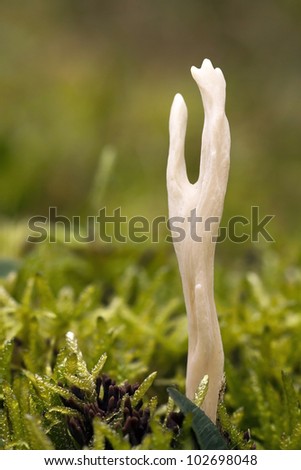“The cancer preventive effects of edible mushrooms…dietary components may exert cancer preventive effects.” http://www.ncbi.nlm.nih.gov/pubmed/22583406
“Reishi (Ganoderma lucidum)”
“Anti-cancer properties of triterpenoids isolated from Ganoderma lucidum…” http://www.ncbi.nlm.nih.gov/pubmed/23790022
“Button mushrooms (Agaricus bisporus)” 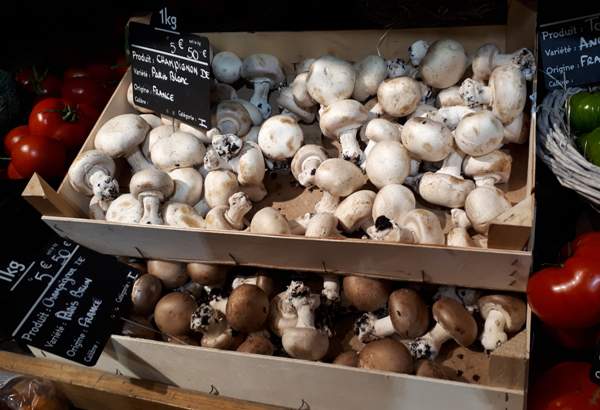
“Macrophage immunomodulating and antitumor activities of polysaccharides isolated from Agaricus bisporus… Mushroom polysaccharides are known for their immunomodulating and antitumor properties… antitumor effects of Agaricus polysaccharides.” http://www.ncbi.nlm.nih.gov/pubmed/22217303
“A. blazei, oyster mushrooms (Pleurotus ostreatus),” 
“Anti-tumor and immunomodulating effects of Pleurotus ostreatus…could be used as immunomodulators and anti cancer agents.” http://www.ncbi.nlm.nih.gov/pubmed/16782541
“Shiitake mushrooms (Lentinus edodes),” 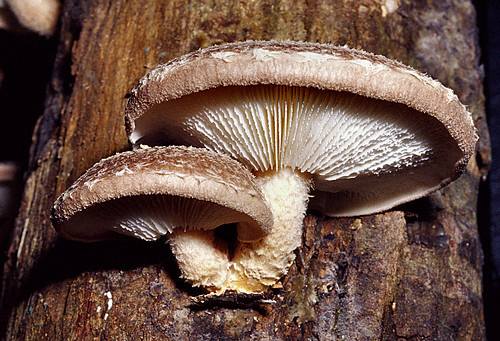
“A novel polysaccharide from Lentinus edodes Mycelia exhibits potential antitumor activity…could be explored as a potential antitumor material…” http://www.ncbi.nlm.nih.gov/pubmed/23955351
“and maitake (Grifola frondosa)”
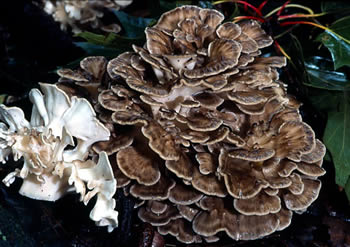
“Antitumor effects of a water-soluble extract from Maitake (Grifola frondosa) on human gastric cancer cell lines…potential antitumor effects on gastric cancer.” http://www.ncbi.nlm.nih.gov/pubmed/19639212
“From time immemorial, mushrooms have been valued by humankind as a culinary wonder and folk medicine…The chief medicinal uses of mushrooms discovered so far are as anti-oxidant, anti-diabetic, hypocholesterolemic, anti-tumor, anti-cancer, immunomodulatory, anti-allergic, nephroprotective, and anti-microbial agents. The mounting evidences from various research groups across the globe, regarding anti-tumor application of mushroom extracts unarguably make it a fast-track research area worth mass attention.” http://www.ncbi.nlm.nih.gov/pmc/articles/PMC3339609/
“Compounds from wild mushrooms with antitumor potential.” http://www.ncbi.nlm.nih.gov/pubmed/20545620

